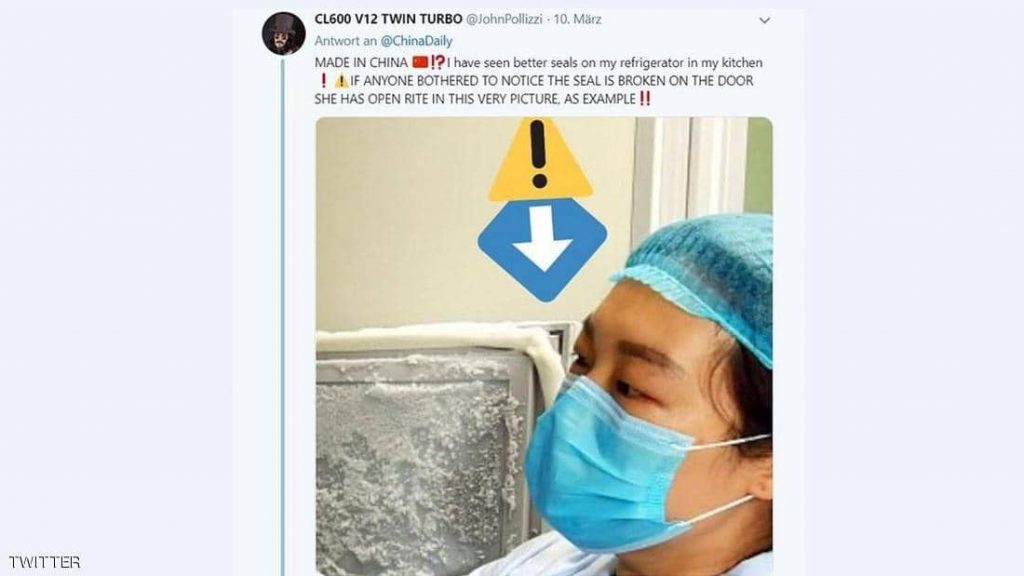
Pictures from within the Wuhan Virus Research Institute, in the Chinese city that was the epicenter of the outbreak of the new Coronavirus, have returned to spark controversy and reinforce the theory that the virus struck humans after a laboratory error or leak from it”.
The official China Daily newspaper had published photos from the Wuhan Virus Research Institute in 2018 so that these pictures could be returned to Twitter last month before they were removed.
In one of the photos, a broken seal appears on the door of one of the refrigerators, which includes 1500 different strains of viruses, among them the Coronavirus found in bats, which passed from it to humans, causing an international catastrophe for the whole world.
Commenting on the photo, a Twitter user wrote: “The fridge door in my kitchen is more tightly closed than that!”, Calling on people to ponder the picture to see the fraying rubber frame around the fridge door without which it cannot be locked.

China has been subjected to a campaign of international criticism accusing it of hiding information related to the emerging coronavirus and its origins, considering that it spread as a result of an error in one of the laboratories of that institute before Beijing worked to tick the matter and say that it spread in the wild animal market in Wuhan.
What strengthened the “laboratory” theory is that the institute conducted experiments on the Coronavirus found in bats that were living in Yunnan Province, more than a thousand miles from Wuhan. It examines the genome sequence Covid-19 It turns out to scientists that it is only found in bats in these caves.
These findings do not support the official Chinese version that the virus has suddenly spread to the wild animal market of Wuhan, according to British newspaper “Daily Mail”.
US President Donald Trump and his administration leveled direct accusations at Beijing, calling them to “transparency” and to reveal the full information related to “Covid-19″.”.
US Secretary of State Mike Pompeo also called on China to “acknowledge whether the virus has leaked from the laboratory,” stressing that “there is still a lot to learn.”

